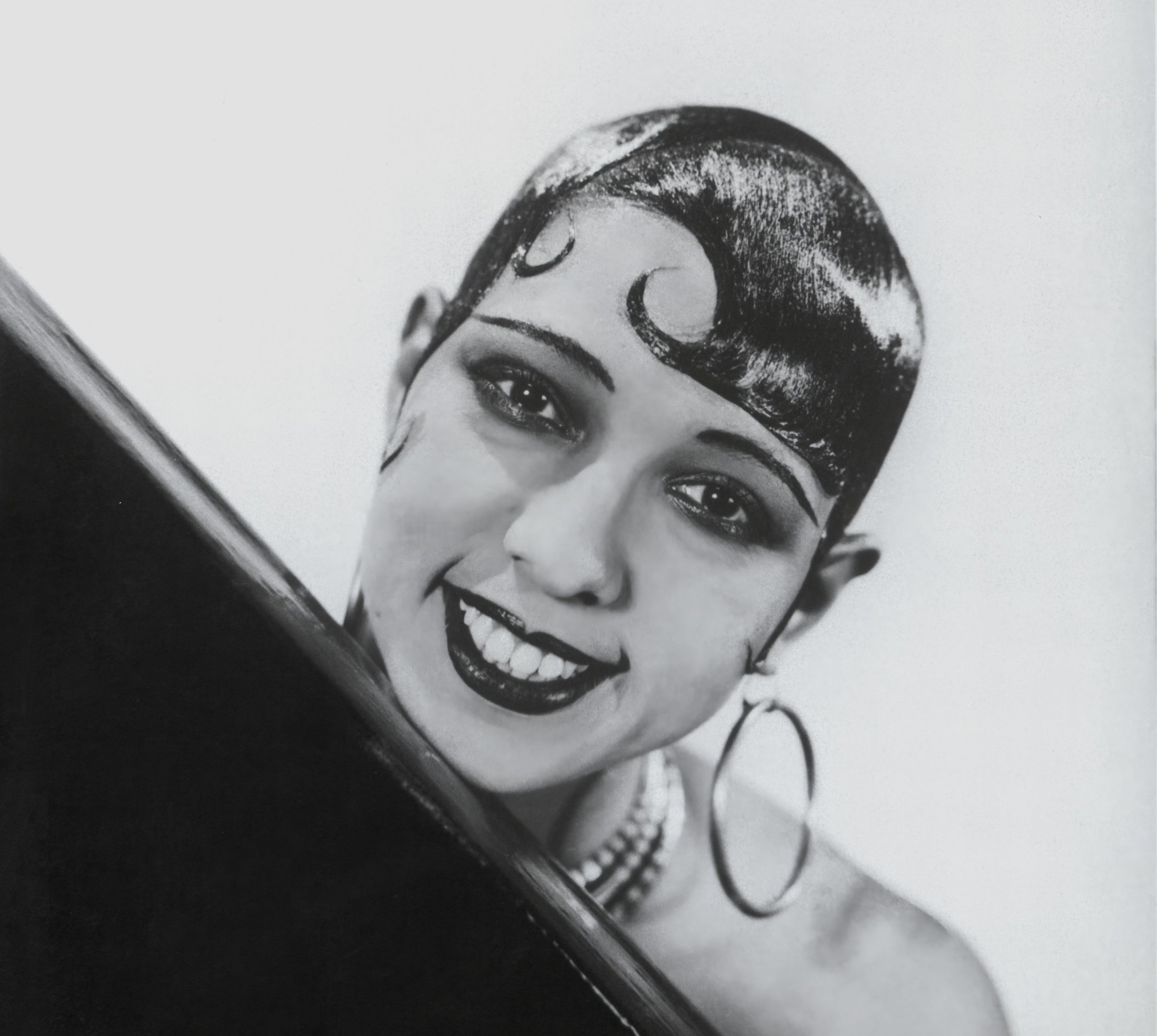
Josephine Baker made her debut as “Black Venus” in Berlin in 1926, performing the Charleston at the Nelson Theater on Kurfürstendamm. “Berlin feels great!,” she later enthused. “A pure triumph. They carry me aloft. In no other city have I received so many love letters, so many flowers and gifts.”
Almost a century later, a new exhibition is spotlighting her life and legacy at the German capital’s Neue Nationalgalerie, curated by director Klaus Biesenbach, together with artist Kandis Williams and scholar Terri Simone Francis. Photos, drawings, books, programs, record covers, and other archival documents elucidate not only Baker’s accomplishments in the realm of music, film, and dance, but also her work as a resistance fighter and civil rights activist.
Her output is shown side-by-side with the work of contemporary artists like Simone Leigh, Faith Ringgold, and Carrie Mae Weems, who have cited her as an enduring cultural influence.
Born Freda Josephine McDonald in St. Louis, Missouri in 1906, Baker was a natural entertainer from a young age and started dancing in New York at 13. On her first world tour with the musical show La Revue Nègre, she arrived in Paris in 1925. At this time, European countries were still expanding colonial rule and racial segregation was common practice across the continent. Against this context, audiences nonetheless fell for Baker’s natural charms and she introduced them to African-American music and dance.
Though she became a movie star and a muse, Baker was also consistently Othered and hypersexualized. She often had to play to racist stereotypes, for example by wearing the banana skirt that she made iconic, or mimic popular minstrel caricatures in order to win the audience’s favor.
By the time she was 20, Baker had already endured two failed marriages with men who were significantly older. After this time, she had two more significant relationships before marrying the French composer Jo Bouillon in 1947. With him, she would continue to travel the globe, eventually adopting 11 children of different ethnicities that she referred to as her “Rainbow Tribe.”
During World War II, Baker became a spy for the Free France Committee and was sent on undercover missions, including transporting top secret information written in invisible ink on her scores across borders. Baker was also a champion of desegregation, which she insisted upon during her performances, and after the war became a delegate of the International Association Against Racism and Anti-Semitism.
In 1963, Baker was invited by Martin Luther King Jr. to speak at the March on Washington. “I am not a young woman now, friends,” she told the crowd. “There is not too much fire burning inside me. And before it goes out, I want you to use what is left to light that fire in you—so that you can carry on, and so that you can do those things that I have done.”
“Josephine Baker: Icon in Motion” is on view at Neue Nationalgalerie, Potsdamer Str. 50, Berlin, Germany, through April 28. Check out more images from the exhibition below.
George Hoyningen-Huene, Josephine Baker (1929). Photo: © George Hoyningen-Huene Estate Archives.
Josephine Baker, Paris 1927. Photo: © James Weldon Johnson Memorial Collection of Negro Arts and Letters, Yale University.
Baker, Josephine. Photo: © From the Collection: Hughes, Langston, 1902-1967 / Photographs of Prominent African Americans. James Weldon Johnson Collection in the Yale Collection of American Literature, Beinecke Rare Book and Manuscript Library.
Simone Leigh, Slipcover (2022–23). Photo: © Simone Leigh, courtesy Matthew Marks Gallery.
More Trending Stories:
A Case for Enjoying ‘The Curse,’ Showtime’s Absurdist Take on Art and Media
Artist Ryan Trecartin Built His Career on the Internet. Now, He’s Decided It’s Pretty Boring
I Make Art With A.I. Here’s Why All Artists Need to Stop Worrying and Embrace the Technology
Sotheby’s Exec Paints an Ugly Picture of Yves Bouvier’s Deceptions in Ongoing Rybolovlev Trial
Loie Hollowell’s New Move From Abstraction to Realism Is Not a One-Way Journey